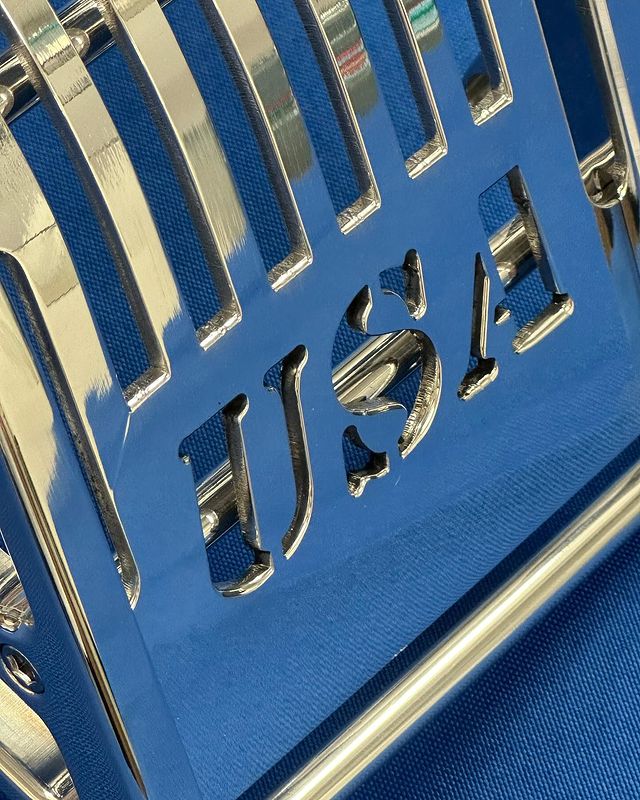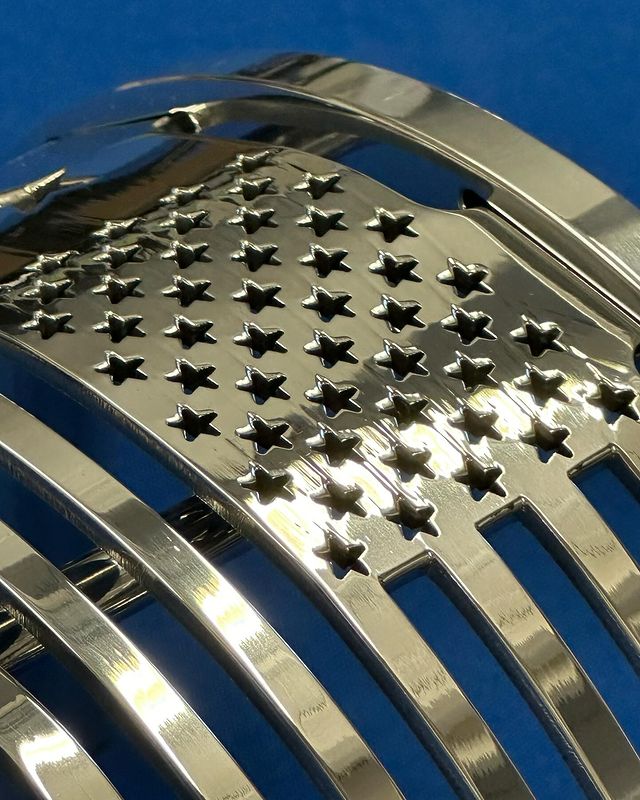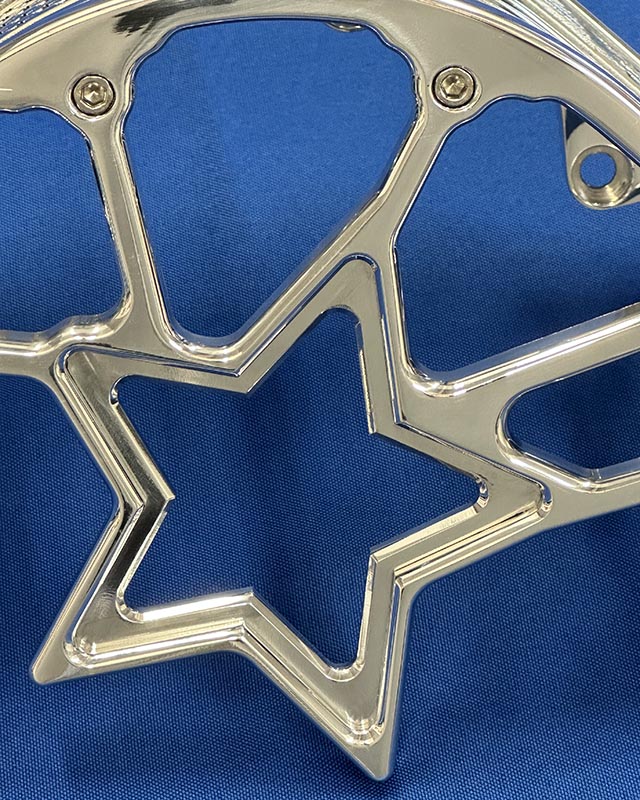In the world of motorsports, safety is paramount. With high-speed, high-risk racing environments, regulations are in place to protect drivers, teams, and vehicles. Among the many safety components required for competitive racing, blower belt guards play an essential role in preventing accidents and ensuring a safe environment on the track. This article covers the essential regulations surrounding blower belt guards and what you need to know before hitting the track.
Why Are Blower Belt Guards Necessary?
Blower belt guards serve as a protective barrier, shielding the belt and the engine from debris while also preventing catastrophic belt failure. When racing at high speeds, a snapped or damaged belt can pose serious risks to both the driver and other competitors. A sturdy, well-installed blower belt guard minimizes the chances of this happening, making it a critical safety feature.
Regulatory Bodies and Their Requirements
Different racing organizations and motorsport leagues have specific requirements for blower belt guards. These regulations vary depending on the type of racing and the level of competition. Below is an overview of some of the key organizations and their rules:
- National Hot Rod Association (NHRA): The NHRA requires that all vehicles equipped with superchargers or blowers must have a blower belt guard installed. The guard must be made of approved materials such as steel or aluminum, and it should fully enclose the blower belt to prevent it from flying off in case of failure.
- International Hot Rod Association (IHRA): Similar to NHRA, the IHRA mandates blower belt guards for supercharged vehicles. These guards must meet specific thickness and material requirements, typically involving steel or high-strength aluminum to ensure maximum durability under racing conditions.
- Formula Drift: While blower belt guards are less common in drifting, any vehicle that runs a supercharger must adhere to safety guidelines, including the installation of blower belt guards where applicable. These regulations focus on ensuring that all mechanical components are securely fastened and protected.
- Local and Regional Racing Leagues: Many local and regional leagues follow the guidelines set by larger organizations like NHRA and IHRA. It’s always best to check with your specific league for any variations in blower belt guard regulations.
Materials and Design Specifications
Most racing organizations specify not just the presence of a blower belt guard, but also the materials and construction required to ensure safety. Here are the common materials and designs accepted by regulatory bodies:
- Material: Steel and aluminum are the most commonly accepted materials for blower belt guards. Carbon fiber is sometimes permitted in specific racing categories, as long as it meets the required strength standards.
- Full Enclosure: The guard must fully enclose the blower belt. This prevents any loose parts from becoming projectiles in the event of a failure.
- Heat Resistance: Since blower belts operate under extreme conditions, the guard must be able to withstand high temperatures without deforming or weakening.
Regular Inspections and Compliance
Even if your vehicle meets all blower belt guard regulations, maintaining compliance requires regular inspections. Racing officials often conduct inspections before each race to ensure that all safety equipment, including blower belt guards, are in good working condition. Damaged or improperly installed guards can result in disqualification or penalties.
It’s important to check for wear, cracks, or loose fittings on your blower belt guard after every race. If any damage is found, repair or replacement should be done immediately to maintain compliance with regulations and keep your vehicle race-ready.
Staying Ahead of Changes
Racing regulations are constantly evolving, especially as new safety technologies emerge. Staying up to date with changes in blower belt guard requirements is essential for keeping your vehicle compliant and competitive. Regularly review updates from your racing organization and adjust your equipment accordingly.
In conclusion, blower belt guards are a crucial component of any high-performance racing vehicle, and understanding the regulations surrounding them is key to both safety and success on the track. Make sure your guard is compliant, durable, and well-maintained to ensure a safe racing experience. Purchase your custom blower belt guard today from RAD.








